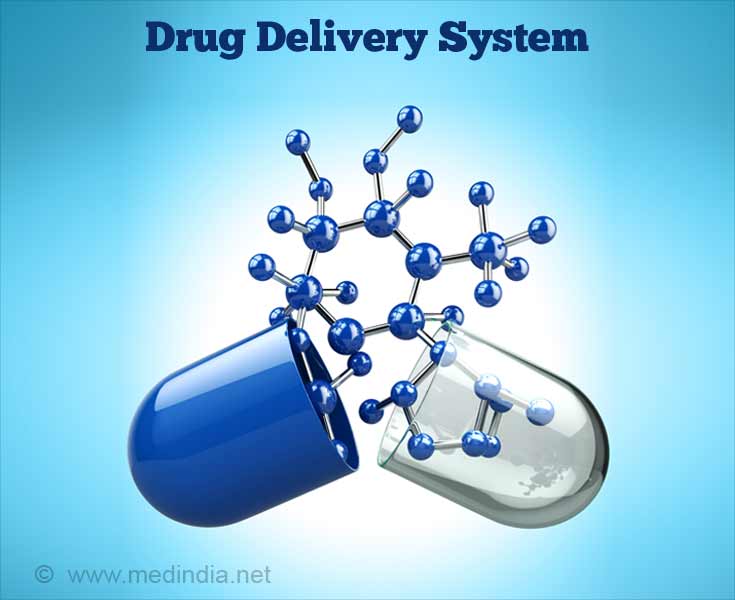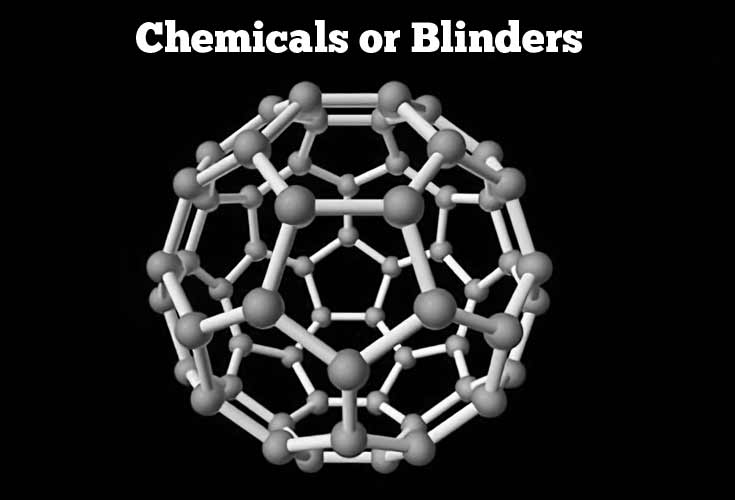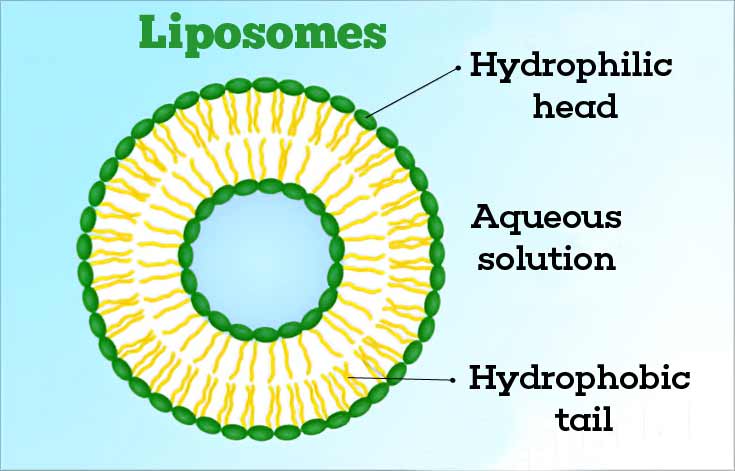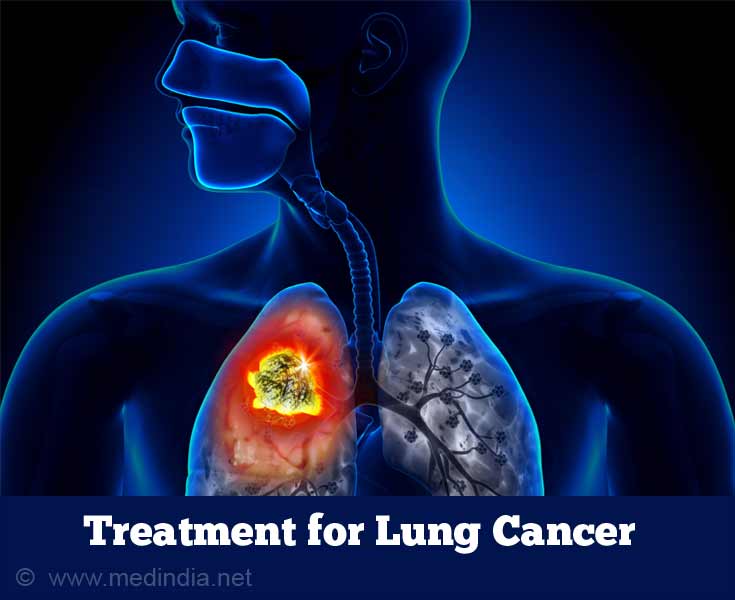- Drug delivery systems: An updated review - (https://www.ncbi.nlm.nih.gov/pmc/articles/PMC3465154/)
- Targeted drug delivery - (https://en.wikipedia.org/wiki/Targeted_drug_delivery)
- Aerosols in the Health Care Field - (https://aerosol.ees.ufl.edu/healthaerosol/section02-1.html)
What is Drug Delivery System?
Drug delivery refers to approaches used to deliver drugs at the target sites inside our body. It may employ a sustained release drug delivery system or a controlled release technology. The technology uses binding chemicals that release drugs at a controlled rate at the targeted location in the body.
Various types of formulations, approaches, technologies and systems are used to transport a drug to a specific part of the body. The concept of drug delivery is precisely integrated with the dosage of a drug and route of administration. The technology involves deep understanding of the physiological barriers to efficient drug delivery like transportation of drugs in the circulatory system, metabolism, reactions of the mucosa and digestive juices and the movement of the drug through cells and tissues.

Various factors are taken into consideration for a proper administration of drugs and the drug delivery system is an interdisciplinary field.
- The physico-chemical properties of the drug, carrier and the binder compounds.
- Effects and interactions of these chemicals in the body
- Improvement of the drug effect
- Comfort and well being of the patient
However, the drugs interact with various parts of the body that are not the intended targets for the drug. This could give rise to unwanted and harmful side effects. These side effects limit the designing and choices of the carriers to bind with the optimal medications for serious diseases like neurodegenerative diseases, cancer, etc.
The variety of controlled release systems is due to the chemicals or the binders used, the routes of the administration, the combination of the carrier and the target drug.

Advantages of Controlled Release Drug Delivery
The various advantages of sustained or controlled release of drugs using the drug delivery system are:
- Delivering the drug at a pre-specified rate, in a systematic manner
- Improve the patient’s convenience; as in reducing frequency of drug intake
- Maintaining drug levels in blood without any fluctuations
- Increase the safety margin of a high potency drug
- Reduction in cost of medications
Types for Controlled Release Systems
Drug delivery systems are further divided into two types based on the method of drug release.
Conventional Drug Delivery System
This classification is based on the route of delivery. The various routes of drug delivery include:
- Oral
- Sublingual
- Nasal

- Vaginal
- Transdermal
- Transcutaneous
- Intravenous
- Rectal
Controlled Release
Classification of drug delivery systems based on the controlled release technique include:
- Sustained release drug delivery system
- Extended drug delivery system
- Site-specific drug delivery system
- Pulsatile drug delivery system
Routes of Controlled Drug Delivery System
There are various factors that influence the selection of the delivery route like:
- Drug physico-chemical properties like molecular weight of the drug, half life and chemical stability.
- Solubility in water (hydrophobic or hydrophilic)
- Interactions of the drug in the body like membrane permeability, bacterial degradation, enzymatic degradation
- Dosage size
Vehicles of Drug Delivery Systems
Ideally, the drug delivery vehicle must be non-toxic, non-immunogenic, biocompatible and biodegradable. It must also escape recognition of the host’s defense mechanisms. The various drug delivery vehicles used are:
Liposomes: These are the most common vehicles used for a targeted drug delivery system. They are non-toxic, non-immunogenic and non-hemolytic. Solid lipid nanoparticles are lipid-based, ligand-coated nanocarriers that store the target drugs in a hydrophobic or hydrophilic capsule.

Micelles and Dendrimers: These are polymer based delivery vehicles used to transport and deliver drugs that have poor solubility.
Biodegradable Particles: These particles can exactly reach the target diseased site and deliver the drug in a controlled release manner. Biodegradable particles are commonly used for drugs delivered to cardiac tissue.
Artificial DNA Nanostructures: Those which are artificially designed out of nucleic acids like DNA can be used. Nanostructures can sense the environment of the site of release and deliver the drug to the target site. Such a structure releases a drug only in response to a particular stimulus.
Applications of Drug Delivery Systems
Drug delivery systems and controlled release technology come useful in various treatment procedures. For example, delivery of drugs to the target site in cardiovascular diseases can use the pharmaceutical drugs effectively and also reduce the cost of the treatment significantly.
Treatment for tuberculosis with liposomes as the delivery vehicles has been more effective than conventional chemotherapy. Liposome delivery system helps in microphage penetration of the drug and delivers optimal concentration at the infection site.
The method is an upcoming procedure that can be used as a potential cure for cancer. Nanotechnology in cancer treatment, immunotherapy for cancer, leukemia treatment and lung cancer treatment are some of the potential areas of using drug delivery systems.

Hazards of Drug Delivery Systems
- The use of chemical binders or vehicles can cause some side effects, depending upon the route of delivery or the target site in which it delivers. The toxicology of the substances and its solubility can be harmful to the internal organs.
- The manufacture of pharmaceutical products involved in drug delivery systems is interdisciplinary and involves use of carefully designed processes to bind the vehicle with the target drug. It requires a good level of technical skills. This makes the products more expensive than regular medicines and drugs used.
- The drug and the vehicle used need to be stable, chemically, physically and biologically.
- Dose estimation and dose reproducibility is very difficult to attain.








